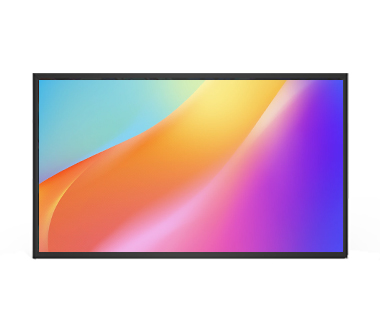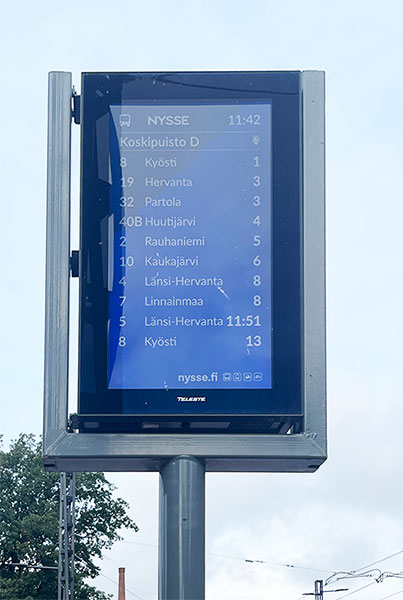5 core indicators to accurately evaluate the competitiveness of high brightness display panel suppliers
High brightness display panels are widely used in industrial control, outdoor advertising, medical equipment, etc. The durability and reliability of high brightness display panels directly affect the user experience and market competitiveness of terminal products. How to scientifically evaluate the strength of suppliers and screen out partners with leading technology and excellent quality?

High brightness display panels
The following five core indicators provide you with a systematic evaluation framework:
1. Brightness level and uniformity: the core threshold of technical capabilities
Brightness parameters: Does it meet industry standards (such as ≥1500 nits outdoor brightness) and customized requirements?
Uniformity performance: Is the brightness difference between each area of the panel ≤5% to avoid "dark corners" or "patch" problems?
Environmental adaptability: Can it maintain stable brightness under strong light and high temperature? (Such as readability test under direct sunlight)
Evaluation method: Require suppliers to provide third-party laboratory certification reports and conduct field tests on display effects in multiple scenarios.
2. Reliability and durability: the key line of defense for quality assurance
Life cycle: Is the panel life ≥50,000 hours under continuous high brightness working conditions?
Environmental tolerance: Is it IP65/IP67 certified? Can it withstand extreme temperatures (-30℃~80℃), humidity, and vibration?
Failure rate data: Is the historical defect rate of mass production batches ≤0.5%?
Evaluation method: Verify the supplier's MTBF (mean time between failures) report and require long-term usage data of typical customer cases.

High brightness display panels application case
3. Technology R&D and customization capabilities: strategic reserves for future needs
R&D investment ratio: Is more than 8% of annual revenue invested in technology upgrades?
Patent reserves: Do you have independent intellectual property rights (such as HDR enhancement, low-power backlight technology)?
Customization response speed: Can the brightness, size, interface and other parameter adjustments be completed within 60 days?
Evaluation method: Investigate the supplier's R&D team size, cooperation cases with leading brands, and prototype development cycle records.
4. Supply chain stability and delivery capabilities: the core dimension of risk management
Raw material traceability: Do key components (such as LED chips, driver ICs) come from Tier 1 suppliers such as TI and Samsung?
Capacity flexibility: Does the monthly production capacity reach more than 100,000 pieces? Emergency order response cycle ≤ 15 days?
Multi-base layout: Do you set up factories in Southeast Asia, Mexico and other places to avoid geopolitical risks?
Evaluation method: Require suppliers to provide capacity ramp-up plans, BOM lists and material preparation strategies, and review their ISO 28000 supply chain security certification.
5. Cost-effectiveness and value-added services: Comprehensive consideration of business value
TCO (total cost of ownership): Does it provide energy-saving design to reduce long-term energy consumption costs?
Value-added services: Can additional processes such as optical bonding and anti-glare coating be provided free of charge?
After-sales support: Do you promise 48-hour on-site technical support and 5-year extended warranty?
Ask a quote for the latest price and one of our team members will respond as soon as possible.
